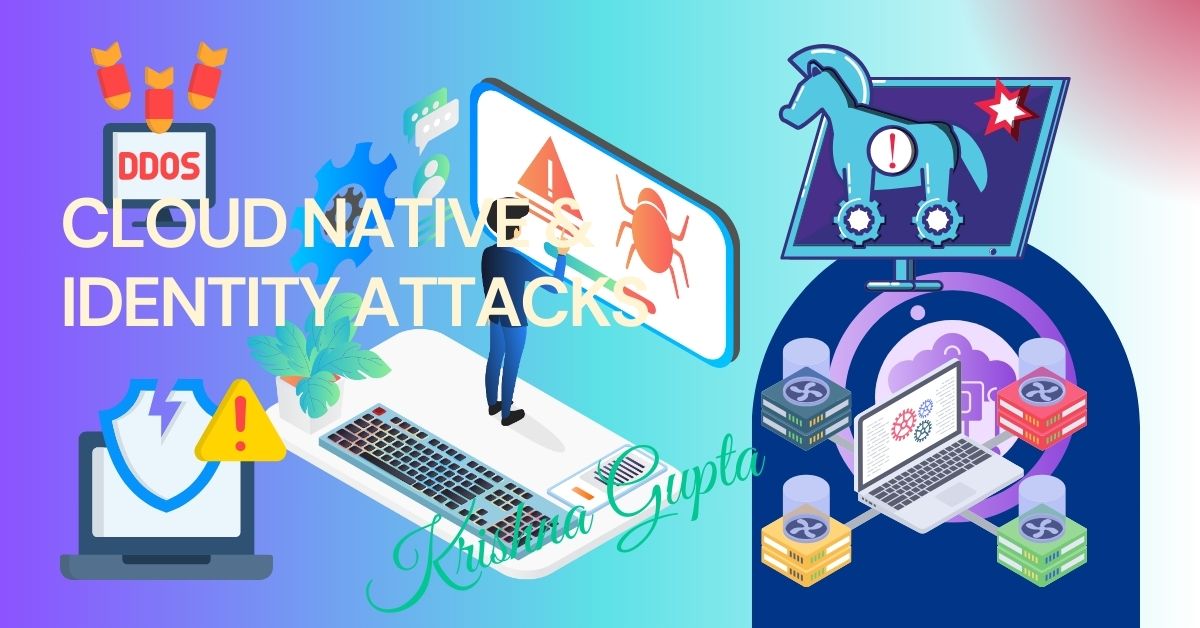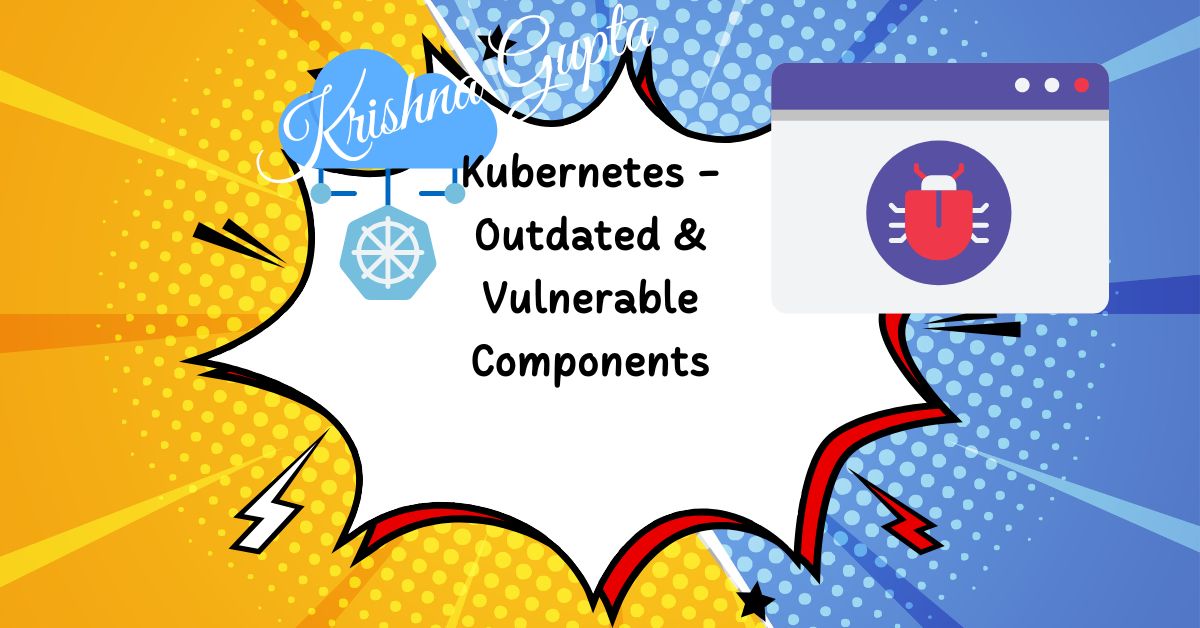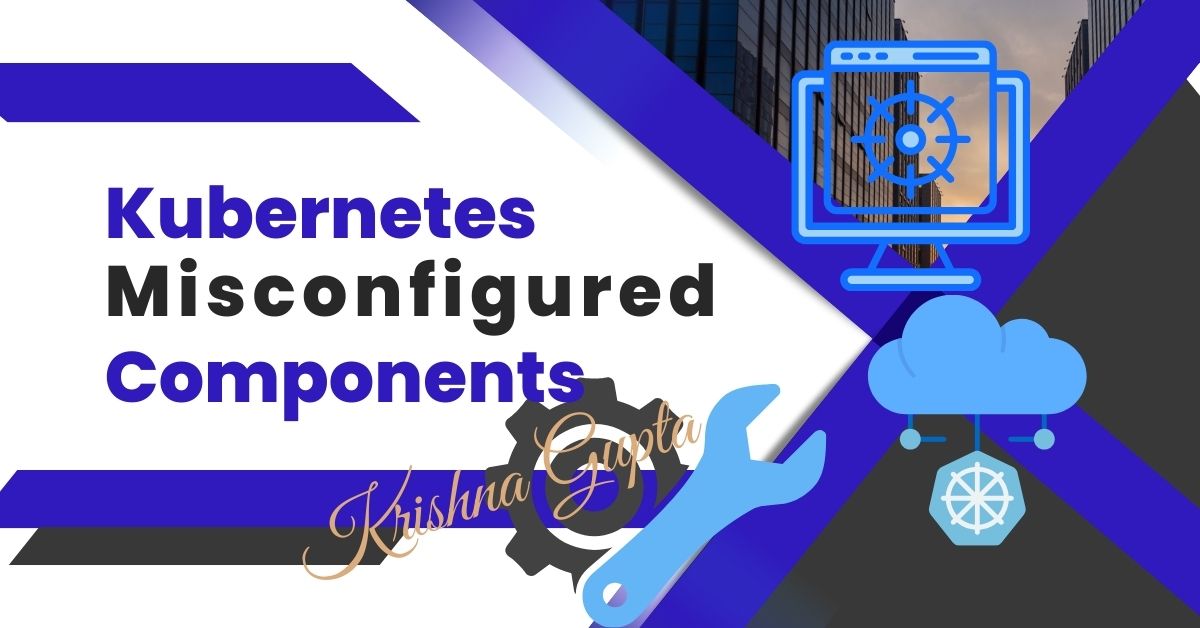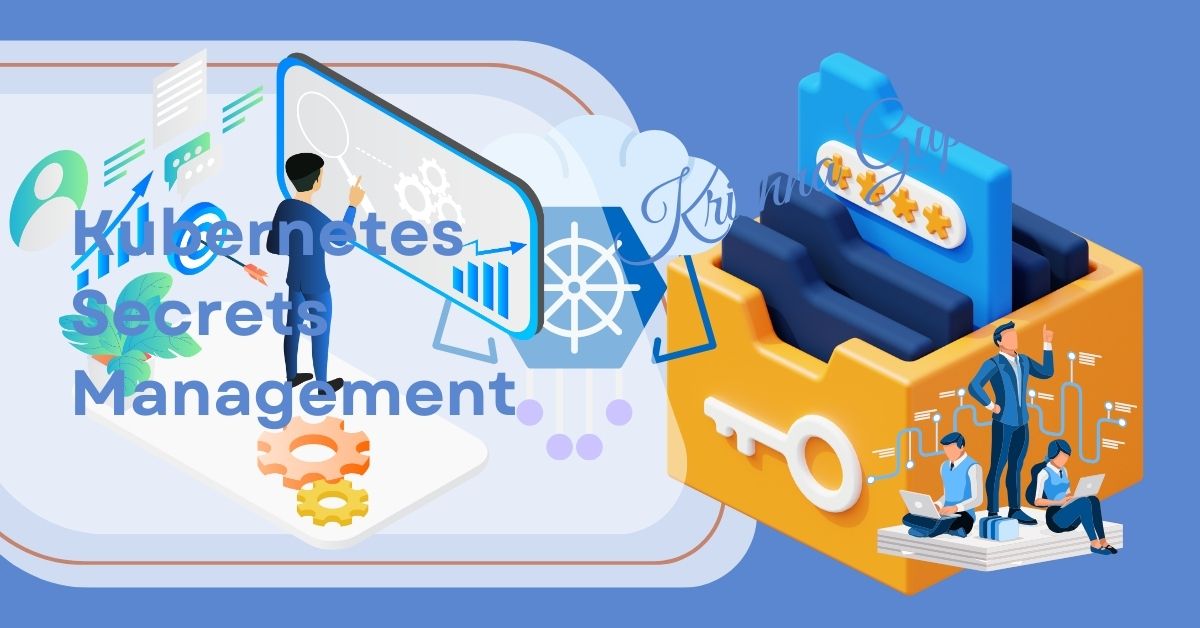Agentic AI in Kubernetes: Unleashing Autonomy in Cloud-Native Architectures
The emergence of Agentic Artificial Intelligence (AI) is set to redefine how modern infrastructure is deployed, managed, and scaled—especially within Kubernetes (K8s) environments. At its core, Agentic AI introduces autonomous, goal-driven agents capable of planning, executing, and adapting within dynamic cloud-native ecosystems. For Software Architects and C-Level Executives, this is not just another incremental leap in automation—it is a paradigm shift that profoundly impacts ROI, operational efficiency, and cybersecurity postures.




